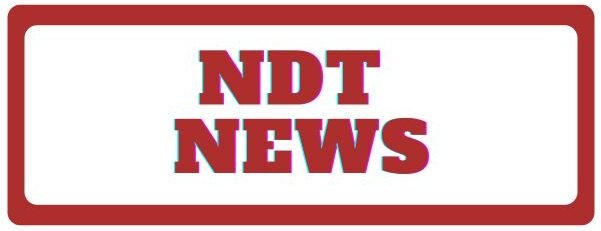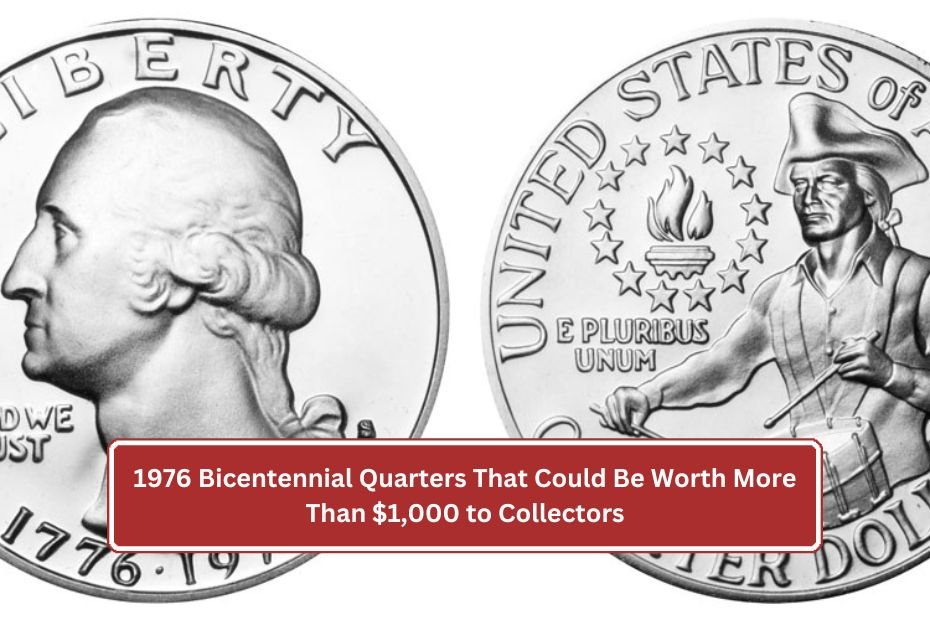In 1976, the United States celebrated its 200th anniversary with a unique series of commemorative coins, including the special Bicentennial quarter. While these quarters were produced in large quantities, certain varieties and minting errors have turned some of them into valuable finds for collectors. Surprisingly, one of these rare quarters might just be sitting in your pocket, waiting to be discovered! Here, we explore ten high-value Bicentennial quarters, explaining what makes each one unique and why it could be worth more than you think.
10 Bicentennial Quarters That Could Be Worth a Fortune
1. 1976-S Silver Bicentennial Quarter
The 1976-S Silver Bicentennial Quarter is a collector’s favorite. Unlike regular quarters, this one was minted in 40% silver, making it unique and more valuable, especially when found in mint condition.
2. 1976-D Bicentennial Quarter (Double-Die Error)
Quarters produced in Denver with a specific double-die error on the reverse are rare and valuable. This error causes a slight doubling in parts of the design, which increases its appeal among collectors.
3. 1976 No Mint Mark Bicentennial Quarter
While most coins from Philadelphia don’t carry a mint mark, some 1976 quarters without this mark feature rare errors that make them more valuable. Quarters with doubling or other imperfections are especially sought after.
4. 1976 Proof Bicentennial Quarter
The 1976 Proof Bicentennial Quarter has a polished, mirror-like finish and sharp design details. These proof quarters, especially those still in original packaging, are worth more than standard circulation quarters.
5. 1976-S Clad Proof Bicentennial Quarter
Minted in San Francisco, the 1976-S Clad Proof Bicentennial Quarter is part of a special proof set. Its limited availability and high demand among collectors make it a valuable find.
6. 1976-S Error Bicentennial Quarter
Certain 1976-S Bicentennial Quarters were produced with minting errors such as off-center or weak strikes. These mistakes, though rare, can significantly increase the coin’s value.
7. 1976-D High-Grade Bicentennial Quarter
High-grade 1976-D Bicentennial quarters that have remained in excellent condition are highly valuable. Coins graded MS67 or higher are especially prized among collectors for their rarity and pristine quality.
8. 1976 Doubled Die Bicentennial Quarter
Some 1976 Bicentennial quarters have a doubled die error, which results in a doubling effect in parts of the design. This error increases the quarter’s value and makes it a top choice for coin collectors.
9. 1976 Clad Bicentennial Quarter with Unique Metal Mix
Most Bicentennial quarters are clad, meaning they’re made of a copper-nickel mix. However, some of these coins have unique colorations or inconsistencies in the metal blend, making them valuable for collectors who seek out distinct variations.
10. 1976 Bicentennial Quarter with Natural Toning
Natural toning occurs when a coin’s color changes over time, giving it a distinct look that some collectors love. Bicentennial quarters with attractive toning can be worth more than their face value due to their unique appearance.
Notable High-Value Bicentennial Quarters
| Coin Name | Mint Year | Estimated Value | Unique Feature |
|---|---|---|---|
| 1976-S Silver Bicentennial Quarter | 1976 | Over $50 | 40% silver content |
| 1976-D Bicentennial Quarter | 1976 | Up to $300 | Double-die error |
| 1976 No Mint Mark Quarter | 1976 | Up to $100 | No mint mark with errors |
| 1976 Proof Bicentennial Quarter | 1976 | Over $30 | Proof finish |
| 1976-S Clad Proof Bicentennial Quarter | 1976 | Up to $50 | San Francisco mint |
| 1976-S Error Bicentennial Quarter | 1976 | Varies | Minting errors |
| 1976-D High-Grade Quarter | 1976 | Over $1,000 | High-grade condition |
| 1976 Doubled Die Bicentennial Quarter | 1976 | Varies | Doubled die error |
| 1976 Clad Bicentennial Quarter | 1976 | Varies | Unique metal blend |
| 1976 Bicentennial Quarter with Toning | 1976 | Varies | Natural toning |
Why These Quarters Matter to Collectors
Bicentennial quarters are not only reminders of the nation’s history, but they’ve also become valuable assets. Collectors often search for high-grade versions, special proofs, and quarters with rare errors. If you have any Bicentennial quarters at home, especially ones in good condition or with unusual characteristics, take a closer look—they could be worth a lot more than 25 cents!
Conclusion
Though the 1976 Bicentennial quarters were produced in huge numbers, certain versions are rare enough to be valuable. From double-die errors to special mintings and unique metal qualities, each of these quarters tells a small part of U.S. history. Checking your pocket change could uncover a collectible worth hundreds or even thousands of dollars, connecting you to both the nation’s bicentennial celebration and the world of coin collecting.
FAQ’s
How much are Bicentennial quarters worth today?
While most Bicentennial quarters are only worth face value, specific varieties, like the 1976-S silver or those with minting errors, can be worth $30 to over $1,000 depending on condition and rarity.
What makes a 1976 Bicentennial quarter valuable?
Bicentennial quarters with unique features, such as double-die errors, high grades, proof finishes, or silver content, are highly sought after by collectors and can be worth significantly more than regular quarters.
Where can I sell valuable Bicentennial quarters?
You can sell valuable Bicentennial quarters at coin shops, online auction sites like eBay, or through certified coin dealers who specialize in rare and collectible coins.

